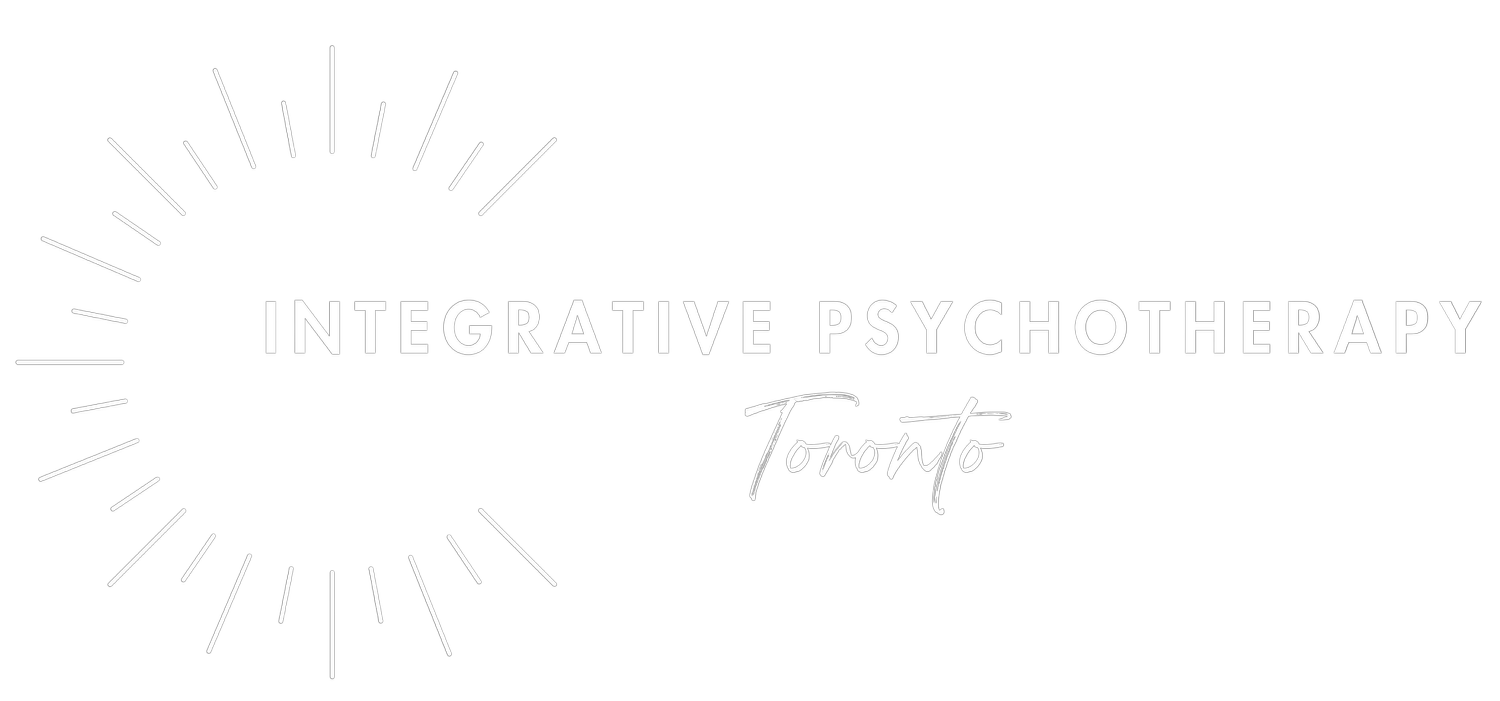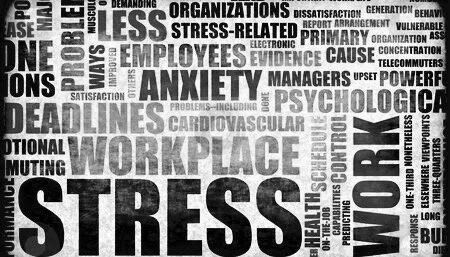What to do with your feelings
Key points:
This is the blog version of my video Alternate eNNNdings. If you’re more of a tl;dr kind of person, you may prefer the video.
Following up on a video I did on the practice of RAIN, which is a 4 step practice for feeling and working with your feelings, I offer 3 alternate eNNNdings
Alternate N No. 1: Non-identification - swap out “I am [feeling]” with “I’m noticing [feeling],” “there is [feeling],” or, my personal favourite, “a part of me is [feeling]”
Alternate N No. 2: Noting - track the wave of feeling as it moves through the mind and body and label what’s happening moment to moment to see if it helps you keep your balance
Alternate N No. 3: No Wonder - when a feeling comes up, try saying “No wonder.” You may be surprised the insight and understanding you’re able to uncover by just opening the door.
The Conversation
This video wasn’t inspired by any one client in particular, but rather a segment I’m working on, which is practical tools. Ways of responding to what’s going on inside.
I recently did two videos on a practice called RAIN, which I’ll link here. If you haven’t watched those ones, you may want to pause and watch those first, because in this video, I’m going to offer some alternate endings to RAIN - some other Ns that you can try - but the start of the practice - the R, the A and the I - are the same.
So, assuming you’ve already done the AhHa!, MmmmHmmm, and Hmmmmm… here are 3 potential next steps to try out.
#1: Non Identification
This is about creating space between you and the experience you’re having. Recognizing it as an experience rather than who you are.
If I was to ask you if you are your anger or your anxiety or any other experience, your logical brain would probably pipe up and say, “no, of course not.” And yet, when we’re actually having the experience, it often feels like it is us. We sort of merge with the experience we’re having and lose ourselves in it. The space between us and the experience collapses. And that really adds to the distress levels.
And the way we language things in English promotes that. In saying “I’m angry,” “I’m anxious,” “I’m overwhelmed,” we identify with the experience.
We take it on as an identity. It’s not true - anger, anxiety, overwhelm are experiences you’re having, and they’re no more YOU than any of the other millions experience you have every day - but it’s easy to lose sight of that when the experience is intense.
So deliberately not identifying with the experience - labeling it as an experience to remind yourself that it’s not you - can be helpful. We can use language to reclaim that space between who we are and the experience we’re having. Instead of saying “I am …” try practicing non-identification by saying something like “I’m noticing anger,” or “anxiety is here” or “a part of me is overwhelmed.”
Language deeply affects the way we relate to things. The research on this is fascinating. People who speak languages that say “I have anger” instead of “I am angry” have different relationships with their emotions. People who speak languages that don’t differentiate between past, present and future have different relationships with financial savings. There’s a lot of power in language. So consider using that power to your benefit to help you not identify with the experience you happen to be having at that moment.
Tip: swap out “I am [feeling]” with “I’m noticing [feeling],” “there is [feeling],” or, my personal favourite, “a part of me is [feeling]” (more on that here)
#2: Noting
This is about mindfully observing what’s going on.
Feelings move through our body and our nervous system like a wave. They’re doing this every single moment of our lives, and for the most part, we don’t even notice it because we’re riding the waves. When feelings are intense and the waves are bigger, sometimes it’s harder to keep our balance.
Noting is a tool that can help us ride those waves. Noting is used in a lot of meditative traditions, and it’s really just about consciously and deliberately noticing what’s happening.
Imagine if you were kayaking or paddle boarding. When the water is calm and the waves are gentle, you can just float along and pay attention to the scenery. But if the water gets rougher and the waves get bigger, you’re going to start paying close attention to the water so you can keep your balance.
Noting is just that. Paying close attention to the wave so you can ride it out. And you do that by mentally noting or labelling the moment to moment experience. And just like you wouldn’t just glance at the big wave and say “wave” before going back to look at the birds, because that wave is going to knock you over when you stop paying attention to it, you don’t just glance at the feeling wave and make a single note. You keep paying attention and you keep noting until the wave has subsided.
So, maybe there’s anger. I might note “anger”… “anger”… “tightness”… “sense of injustice”… “desire to lash out”… “murderous rage”… “impulse to scream”… “tightness”… “wondering what’s for lunch”…
When you pay close attention to the wave, it’s easier to keep your balance. And the more you’re able to notice the nuances of the waves, the more you realize the waves aren’t exactly what you thought they were. Watching the wave go from “murderous rage” to wondering what’s for lunch or trying to remember a song lyric or thinking about what I have to do when I get home can really take some of the power out of it.
Tip: try noting - see if you can track the wave as it moves through the mind and body and label what’s happening moment to moment
#3: No Wonder
I love this one. This is about remembering that the experience you’re having is natural. That nature does nothing in vain - if it’s happening, it’s happening for a reason.
So often we wrong ourselves and our experience. We go to war with it. We think “this shouldn’t be happening,” “I shouldn’t feel like this,” “this isn’t ok.” But that’s not true.
It may be unpleasant, it may be distressing or difficult, but it’s not wrong. It’s the natural and expected response to the particular set of internal and external circumstances that are going on.
And we can cultivate that attitude by saying “No wonder.” “No wonder there’s anger.” “No wonder there’s anxiety.” “No wonder a part of me is overwhelmed.”
The “No Wonder” is the antidote to the wronging.
And what’s wild is that when you approach it that way, the reasons why it’s no wonder this is happening come up. You may start that sentence “No wonder a part of me is overwhelmed” not even really believing that it’s no wonder and yet by the time you finish the sentence, all sorts of reasons why it’s no wonder - why it actually makes sense that this is happening - start to come to the surface.
When we don’t wrong it, we actually get more insight into what’s really going on. When we wrong what’s happening, we close the door on it. We have a closed mindset. And that traps us - we’re stuck, there’s nowhere to go from there.
When we go “No wonder,” it opens the door.
And sometimes one door leads to another. Maybe I say “No wonder there’s anger,” and my mind starts to make some connections about why it makes sense that there’s anger. And then maybe that triggers some anxiety. So I say “No wonder a part of me is anxious.” And some more connections come up. And then maybe that feels overwhelming. And so I say “No wonder there’s some overwhelm.”
A client of mine joked she was going to make a game out of how many “No wonders” she could string together. Which was brilliant.
Tip: play with saying “No wonder…” You may be surprised the insight and understanding you’re able to uncover by just opening the door.
Bonus: Nurture
So this video was on alternate endings to RAIN, but I would remiss in not mentioning the OG - Nurture. Nourish. Compassion. Ultimately, the most natural response - and by natural, I mean nature given; our genetically encoded predisposition to suffering is to care. If the suffering is out there, it’s natural to care. If the suffering is in here, it’s natural to care. Working on our capacity to care is working on reconnecting to our humanity, to our true nature.
I did two videos on self compassion, one on the neurology of self compassion and one on how to actually practice self compassion, so if you haven’t checked those out or if part of you rolled your eyes at the idea of nurturing what’s going on inside - they might be for you.







